Africa
Americas
Asia
Europe
Oceania
By Season
By Interest
By Group
Travel Agent Support:
+44 20 4571 6769
Monday-Friday 10 am - 19 pm
Saturday & Sunday: Closed
What to see in Greece
Panathenaic Stadium
Tourist attractions Panathenaic Stadium
If there's one place that still retains the Olympic spirit today, it's the Panathenaic Stadium, also known as the Kallimarmaro. This nickname, which literally means "beautiful marble", is a direct allusion to the material it is made of, since it is a large construction of marble quarried from Mount Pentelicus. The Panathenaic Stadium is one of the oldest stadiums in the world and is best known for hosting the first modern Olympic Games in the late 1800s.
The Panathenaic Stadium over the course of history
The stadium was conceived and built as a home for the athletic events in the Panathenaic Games. These were religious celebrations in honour of the goddess Athena. The Panathenaic Games were held every year, but were especially important every four years. Here we see the link to the current Olympic cycle.
The events at these ancient games included horse riding, athletics, wrestling, musical and beauty contests and chariot races.
With the arrival of the Roman Empire in Athens, the Panathenaic Stadium changed its use. From then on it hosted gladiatorial fights. After the fall of the empire, the stadium was abandoned and became a quarry. Like many other historical buildings, it was looted for material for nearby construction.
The Panathenaic Stadium during the classical period and subsequent restoration
When it was first built, the seats in the Panathenaic Stadium were made of wood. Marble was used for the stands in 329 BC. The stands were then extended to accommodate more people in 140 AD. At that time it could hold up to 50,000 people.
After the disaster following the fall of the empire, the Panathenaic Stadium was restored and rebuilt thanks to the philanthropist Evangelis Zappas, whose aim was to have the Olympic Games held there.
A number of archaeological finds were made during the excavations prior to the restoration. Among other things, they discovered a two-headed statue representing Apollo and Dionysus, which is believed to have presided over the athletics track. Today, that statue can be seen at the National Archaeological Museum in Athens.
Evangelis Zappas, the Panathenaic Stadium benefactor
It was Evangelis Zappas who sponsored the 1870 and 1875 Olympic Games.
Born in Labovo in what is now Albania but was then part of the Ottoman Empire, he left his hometown at the age of thirteen to join the army of Ali Pasha of Janina as a mercenary. He would later fight in the Greek War of Independence. When he left the army, he acquired land in Romania, and the income from this property allowed him to carry out his work as a philanthropist and, among other things, to devote himself to sponsoring the Olympic Games.
In 1895, the Panathenaic Stadium was renovated for the second time thanks, once again, to private funding. In this case it came from George Averoff. When you visit the stadium, his statue greets you at the entrance.
Stadium design
Your first view of the stadium will be enough to tell you that its shape and size do not reflect those of a current Olympic stadium. This is because the reconstruction was carried out before the standardisation of athletics and because it was based on the classical u-shaped design and layout.
Use of the stadium today
After its eventful history, the Panathenaic Stadium has enjoyed a new lease of life thanks to a variety of events held at the venue. It should come as no surprise that it is used to celebrate the triumphs of Greek athletes; indeed, people still recall the celebrations for the victory of the Greek national football team at Euro 2004. In 1997, the World Athletics Championship was inaugurated here, in a ceremony designed and executed by Vangelis.
In 2004, archery competitions were held at the Panathenaic Stadium and it also served as the finishing line for the marathon.
Concerts
The stadium has occasionally hosted concerts by such international stars as Depeche Mode, Tina Turner, Bob Dylan, Black Sabbath and Metallica. MTV Greece used it as the venue for its launch party. On that occasion, artists like REM, Real and Gabriella Cilmi played here.
How to get to the Panathenaic Stadium
The stadium is in the centre of Athens, east of the Zappeion and the National Gardens of Athens in the district of Pangrati.
The sports facility stands on Vasileos Konstantinou Avenue and is next to the Athens Tennis Club, the federation swimming pool, the remains of the Olympic Temple of Zeus and the Ethnikos athletics track. Hadrian's Gate is also nearby.
Transport
Bus: lines 2, 4, 10, 11, 90, 209 and 550.
Metro: Acropolis, line 2; Syntagma, lines 2 and 3; Evangelismos, line 3
Opening hours
From March to October: every day from 8:00 to 19:00
From November to February: every day from 8:00 to 17:00
OUR BEST TRIPS TO PANATHENAIC STADIUM
YOU ALSO LIKE
Albania
2 Trips
Croatia
3 Trips
Greece
7 Trips
North Macedonia
Notify me when available
Slovenia
Notify me when available
Spain
5 Trips
Italy
10 Trips
Portugal
6 Trips
Russia
Notify me when available
Poland
Notify me when available
France
5 Trips
Iceland
5 Trips
United Kingdom
Notify me when available
Germany
3 Trips
Czech Republic
2 Trips
Hungary
2 Trips
Belgium
4 Trips
Scotland
Notify me when available
Austria
3 Trips
Holland
4 Trips
Ireland
1 Trips
Baltic States
3 Trips
Norway
9 Trips
Finland
2 Trips
Denmark
1 Trips
Switzerland
3 Trips
Romania
1 Trips
Sweden
2 Trips
Slovakia
1 Trips
Faroe Islands
Notify me when available
Montenegro
1 Trips
Ukraine
Notify me when available
England
Notify me when available
Liechtenstein
Notify me when available
Northern Ireland
Notify me when available
Cyprus
1 Trips
Tourist attractions greece
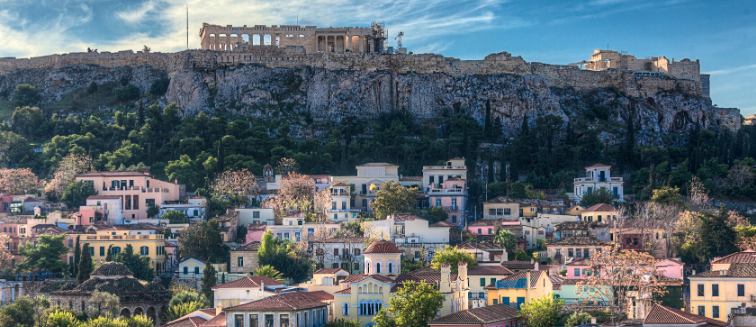
Acropolis of Athens
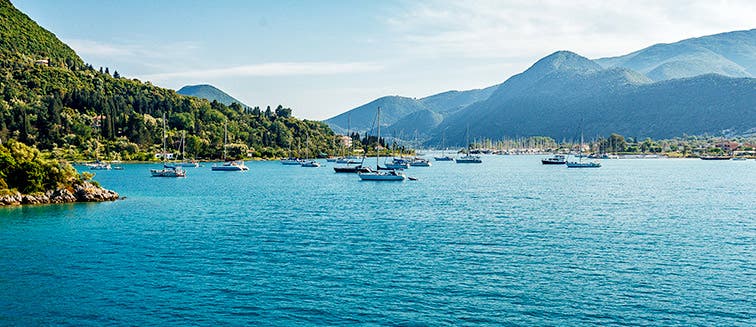
Aegean Sea

Antipaxos
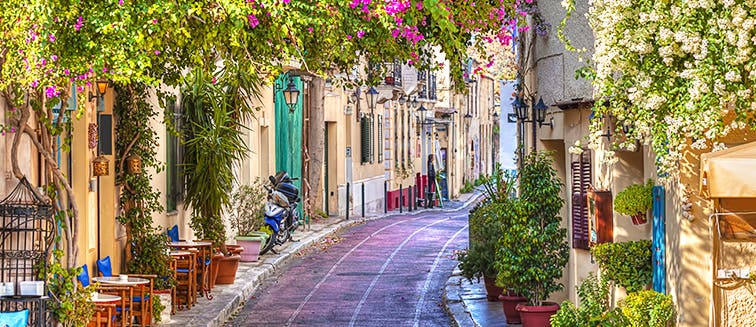
Athens

Atokos

Corfu
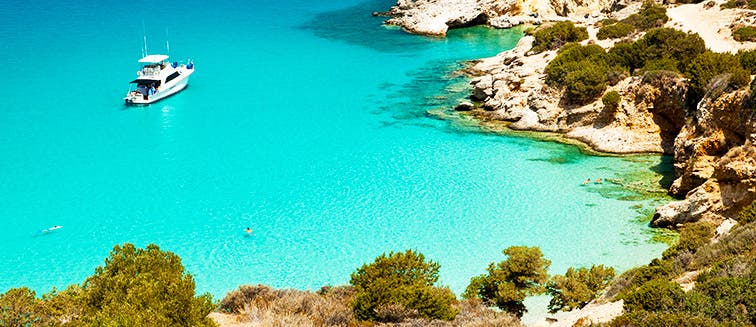
Crete

Delphi
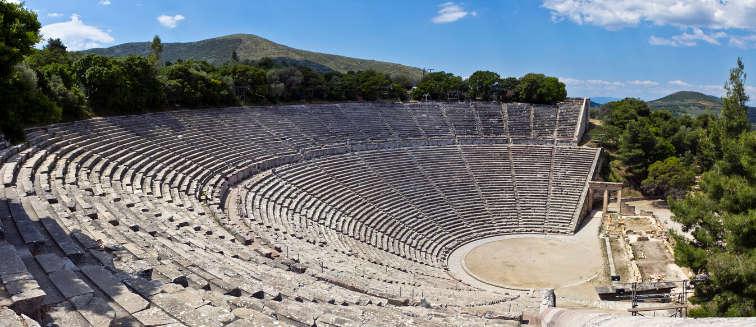
Epidaurus

Gaios

Gulf of Corinth
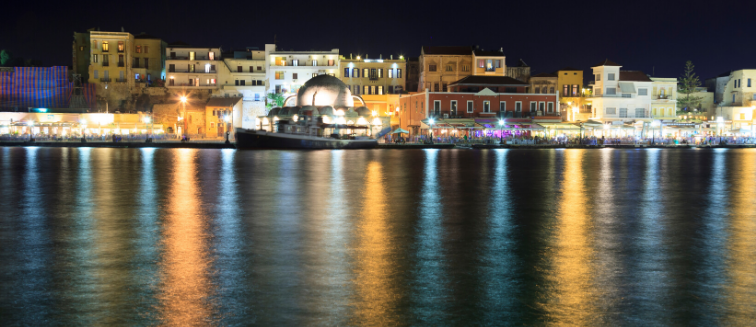
Heraklion

Ithaca

Kalambaka

Kefalonia

Lakka

Lefkada

Meganisi

Meteora
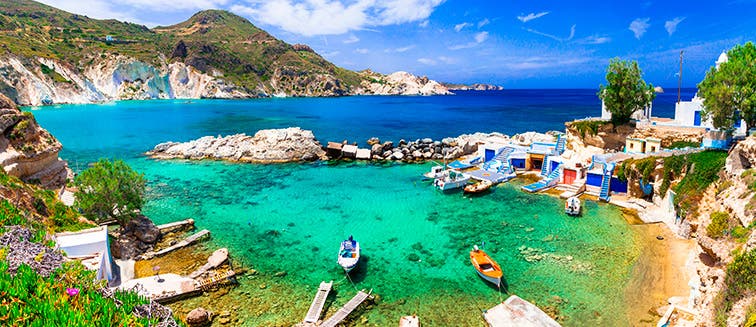
Milos
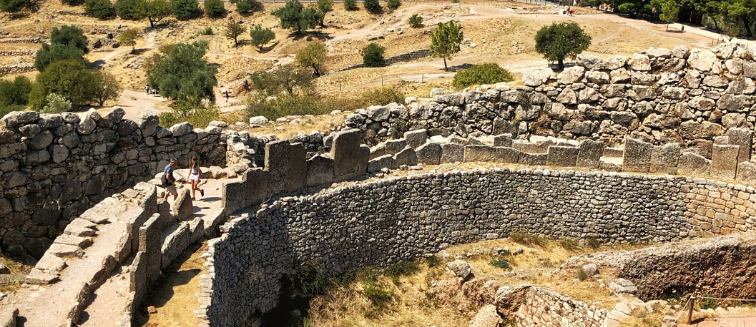
Mycenae

Mykonos

Naxos

Olympia

Panathenaic Stadium

Parga
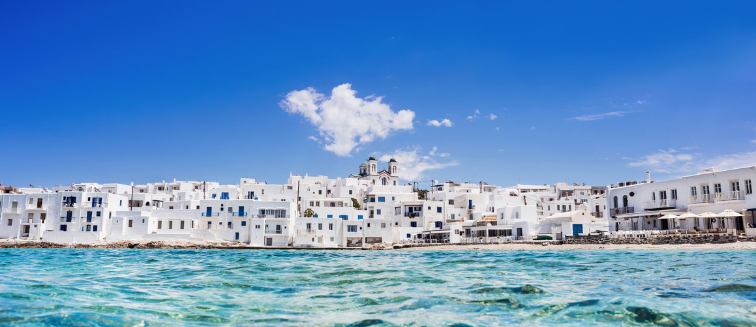
Paros
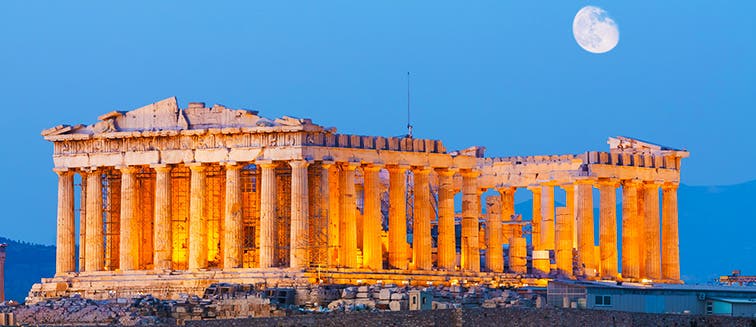
Parthenon
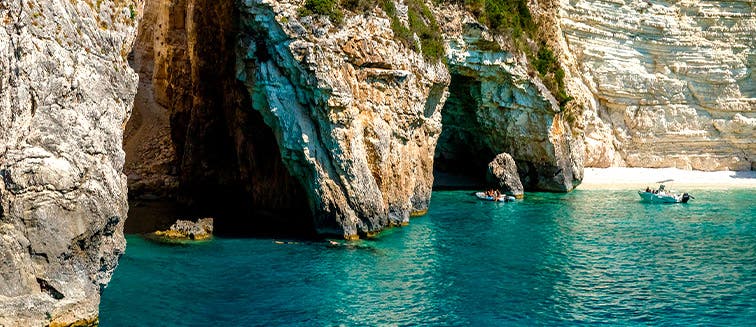
Paxos

Peloponnese
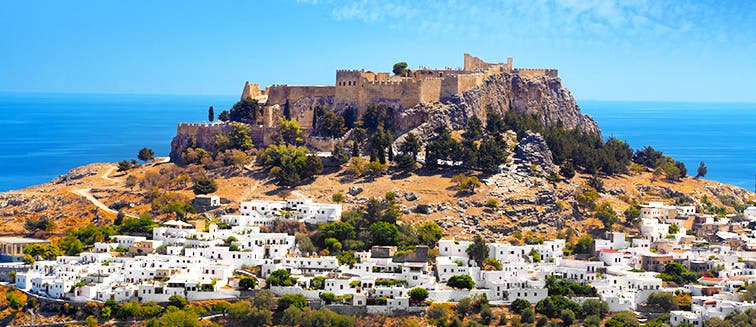
Rhodes
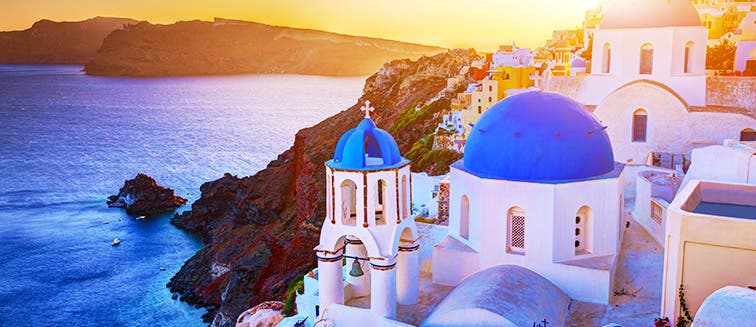
Santorini

Saronic Islands
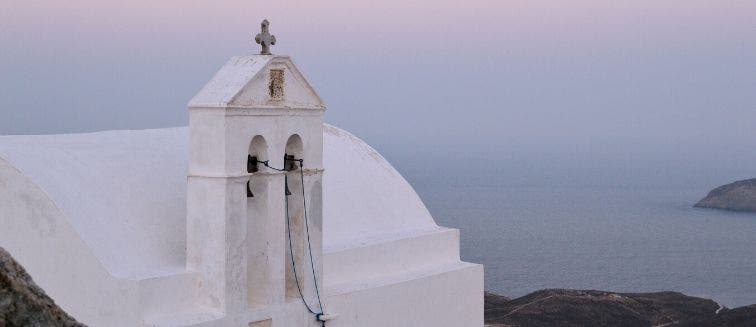
Serifos

Sivota
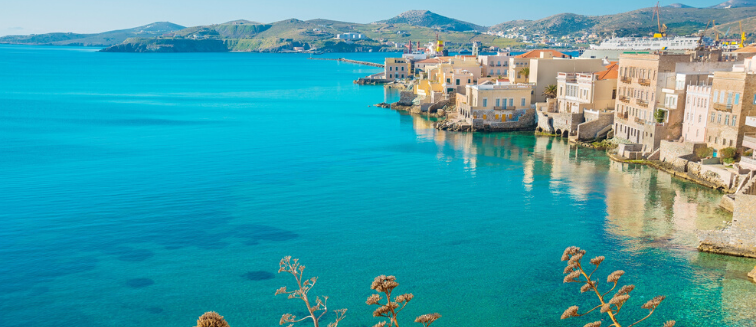
Syros

Temple of Olympian Zeus
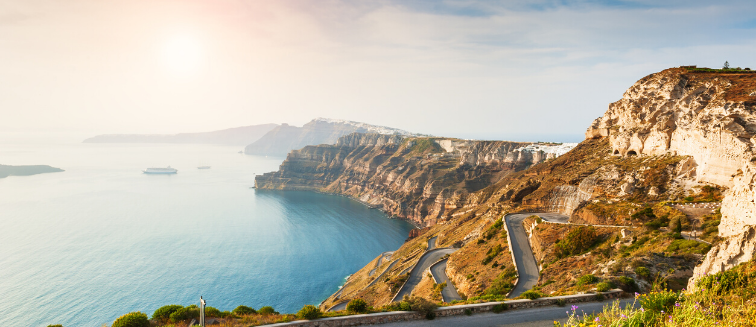
The Cyclades
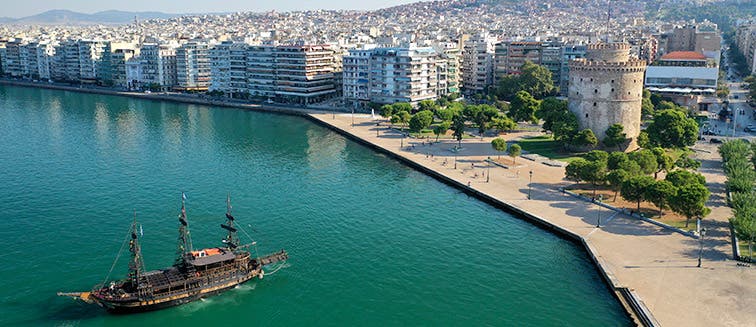
Thessaloniki

Tinos
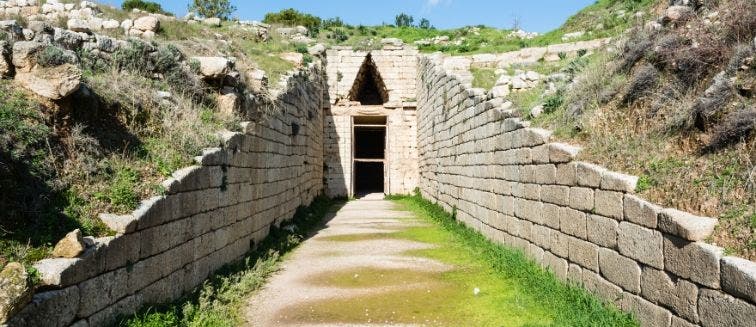
Treasury of Atreus

Zante
Points of interests
- Trips to Acropolis of Athens
- Trips to Aegean Sea
- Trips to Athens
- Trips to Atokos
- Trips to Corfu
- Trips to Crete
- Trips to Delphi
- Trips to Epidaurus
- Trips to Gaios
- Trips to Gulf of Corinth
- Trips to Heraklion
- Trips to Ithaca
- Trips to Kalambaka
- Trips to Kefalonia
- Trips to Lakka
- Trips to Lefkada
- Trips to Meganisi
- Trips to Meteora
- Trips to Mycenae
- Trips to Mykonos
- Trips to Naxos
- Trips to Olympia
- Trips to Panathenaic Stadium
- Trips to Parga
- Trips to Paros
- Trips to Parthenon
- Trips to Paxos
- Trips to Peloponnese
- Trips to Rhodes
- Trips to Santorini
- Trips to Saronic Islands
- Trips to Serifos
- Trips to Sivota
- Trips to Syros
- Trips to Temple of Olympian Zeus
- Trips to The Cyclades
- Trips to Tinos
- Trips to Treasury of Atreus
- Trips to Zante
Other Points of interests
- Trips to Apollonia
- Trips to Berat
- Trips to Bled
- Trips to Blue Eye National Park
- Trips to Bohinj
- Trips to Butrint
- Trips to Dubrovnik
- Trips to Durres
- Trips to Elbasan
- Trips to Gjirokastër
- Trips to Hvar
- Trips to Koper
- Trips to Korca
- Trips to Krk
- Trips to Kruja
- Trips to Ksamil
- Trips to Lezhe
- Trips to Ljubljana
- Trips to Medjugore
- Trips to Mostar
- Trips to Ohrid
- Trips to Opatija
- Trips to Plitvice Lakes
- Trips to Plovdiv
- Trips to Pogradec
- Trips to Postojna Cave
- Trips to Rila Monastery
- Trips to Sarajevo
- Trips to Saranda
- Trips to Shkodra
- Trips to Split
- Trips to Tirana
- Trips to Velika Planina
- Trips to Vlora
- Trips to Voskopoje
- Trips to Zadar
- Trips to Zagreb
Countries Nearby
- Albania Trips
- Austria Trips
- Baltic States Trips
- Belgium Trips
- Croatia Trips
- Cyprus Trips
- Czech Republic Trips
- Denmark Trips
- England Trips
- Faroe Islands Trips
- Finland Trips
- France Trips
- Germany Trips
- Greece Trips
- Holland Trips
- Hungary Trips
- Iceland Trips
- Ireland Trips
- Italy Trips
- Liechtenstein Trips
- Montenegro Trips
- North Macedonia Trips
- Northern Ireland Trips
- Norway Trips
- Poland Trips
- Portugal Trips
- Romania Trips
- Russia Trips
- Scotland Trips
- Slovakia Trips
- Slovenia Trips
- Spain Trips
- Sweden Trips
- Switzerland Trips
- Ukraine Trips
- United Kingdom Trips
Trip Styles
- Greece Nature Tour Packages Trips
- Family Greece Trips
- Greece Tours for Couples Trips
- Iceland Nature Holiday Packages Trips
- Family Italy Trips
- Italy Tours for Couples Trips
- Epic Italy Nature Packages Trips
- Norway Nature Holiday Deals Trips
- Norway Couples Getaways Trips
- Portugal Nature Holiday Packages Trips
- Portugal Tours for Couples Trips
- Spain Nature Holiday Packages Trips
- Spain Tours for Couples with Exoticca Trips
- Switzerland Nature Tour Trips
- Switzerland Couples Tours Trips